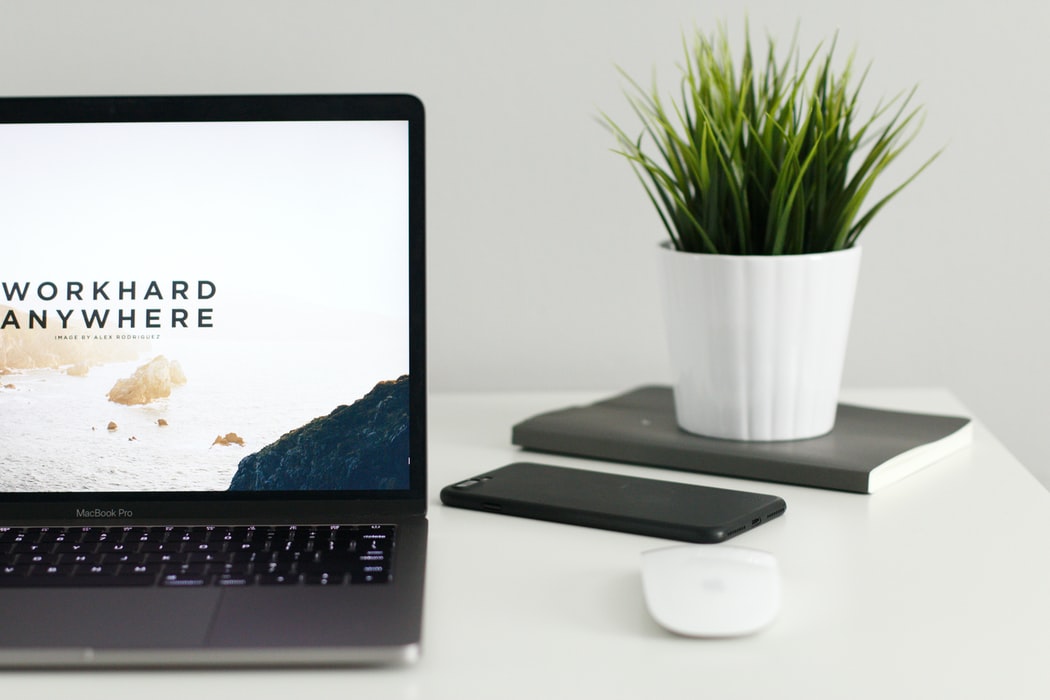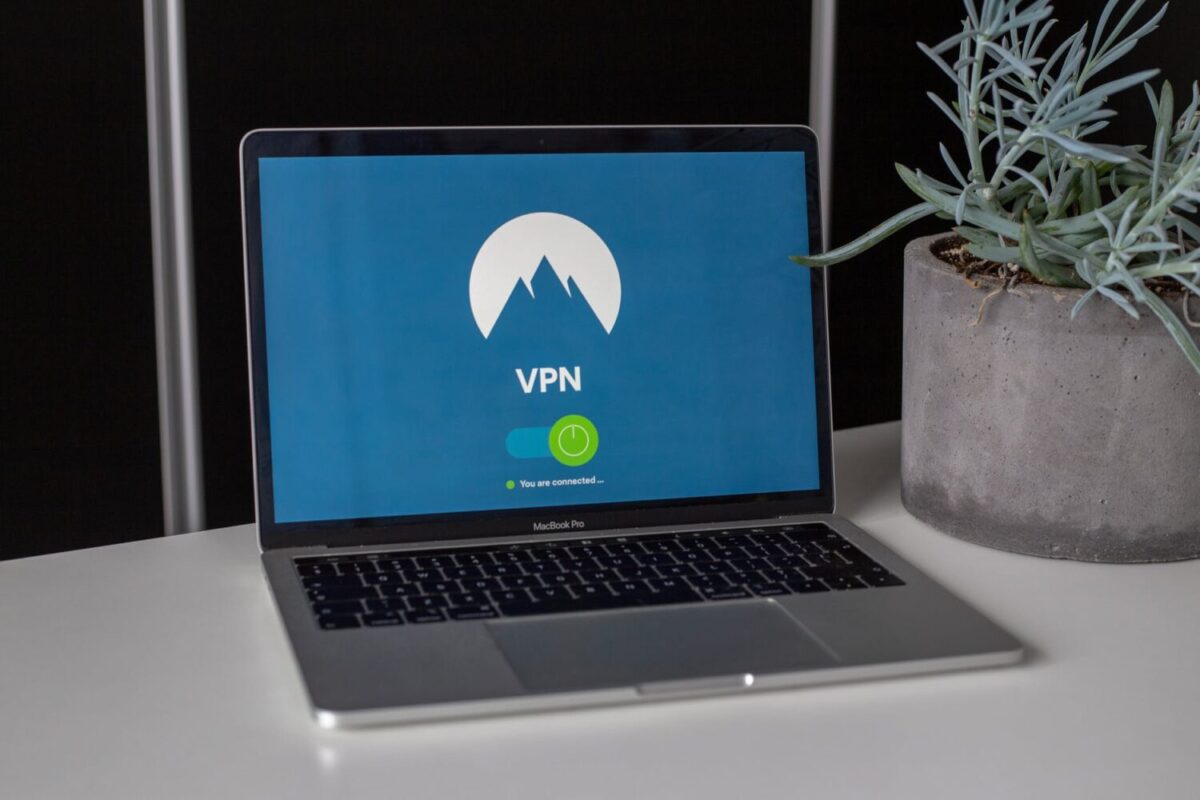
Many people are already accustomed to working from home (WFH). But those who are only transitioning to this set-up because of the pandemic are likely going to experience a period of adjustment. Fortunately, there’s plenty of support available to help first-time remote workers get on track. Aside from best practices in ensuring productivity, it’s also essential to invest in the right equipment and supplies to create the best remote working environment. In this article, we’ll provide tips and recommendations on what items you need for your WFH set-up.
Choosing a dedicated space for work
Selecting a space differs from person to person. Also, you’ll need to make the most out of what’s available. Regardless of how big or small your preferred work area, your first consideration is choosing the right desk. It depends on what you find most comfortable. There are standing desks, standalone desks, wall-mounted tables, and desks you can use while working from your bed or couch. Along with your chosen desk, www.aosonline.co.uk also recommends finding an accompanying chair that offers the best comfort and support for your back.

The right tech set-up
Many people might find using a laptop somewhat restricting. Office set-ups usually include bigger monitors, a keyboard, and a mouse. If you what to replicate the same experience at home, you can try investing in a LED monitor that will enhance your visibility over the work you’re doing. Many tech stores today have bundled offers if you prefer to buy a complete computer set-up. Also, it may be ideal to look for wireless gadgets so that you can move more comfortably and won’t have to worry about tangled wires in your work area.
Organizing desk essentials
Once you’ve set-up your work station, the next step is to ensure that your office supplies are properly organized. You’ll want an organizer to place your paper, pens, and other smaller items so that your space doesn’t get cluttered. An organizer also helps ensure that you have a proper place for everything you need within arm’s reach.

Customizing body support
Even if you buy an ergonomic desk chair, you’ll still need additional support for your back. Consider your individual requirements and comfort needs. For example, you can add a cushion to your chair or use a stool to raise your feet. What you need to focus on is how you can maintain proper posture while sitting for long hours.
Set a work schedule and productivity reminders
Although you can use your smartphone to keep track of your work schedule, working from home requires additional reinforcement to help you adhere to productivity goals. Apart from making sure you have an alarm to remind you when to take breaks, it also helps if you write down your daily tasks in a journal so that you can cross-out all that you’ve already accomplished. Standing up from your workstation to stretch or breathe fresh air is also essential to maintain wellness. Lastly, you shouldn’t forget to stay hydrated and eat snacks during your scheduled breaks to keep your body fuelled for work.

Have a different phone number
See to it that you use a different phone number to separate your personal with your work life. Use the new number to connect with colleagues and clients. You do not have to have a new landline or mobile phone number. You can use other means, such as Skype, Google Voice, or a free VoIP.
Keep things secure with a VPN
With data security a top priority at all times, it is vital that you maintain online security, especially if you are handling sensitive documents. Your office may be using a VPN, so check with your IT administrator if you are allowed to use it offsite. Your setup should include a layer of privacy and a layer of encryption. If you have access to your company’s VPN service, see to it that it is always on to keep things safe.
If your company does not use VPN, make sure that you keep your data secure, especially if you live in a densely populated area or a fully occupied apartment building.

Use a dedicated computer
If your company decides to allow you to work from home, check if you can bring home the PC you have in your office. It’s for data security since corporate computers have strict user authentication guidelines, security software, and disk encryption already installed. Moreover, you do not have to transfer business documents from your office PC to your PC. If worksheets are linked together, using your work computer at home means that the process will continue.
Set up collaboration and conferencing tools
Meeting in person is not going to be possible for a while since almost everyone is working from home. Install online meeting resources so you can schedule team meetings or join department meetings. As much as possible, use video and voice calls instead of emails and text messages to recreate a natural workplace environment, and ensure other team members that they are still part of the group.
You may have to meet with clients online; therefore, it is vital to prepare for it. Wear business clothes, and ensure that your system is disruption-free. Use a good quality webcam and headset and install proper lighting. Use a beautiful virtual background or put up a divider or curtain to hide things in the house that are distracting or you do not want others to see.
Presentations play a key role in virtual meetings today. Therefore it is vital to have a tool for creating impactful presentations. Click here for some visually engaging PowerPoint templates from SlideUpLift that can help you create highly effective virtual presentations without making one from scratch.

Ensure better internet service
The internet service you may have right now is suitable for home use only. There is a big difference in terms of speed since your company’s corporate internet subscription is better than your own. As most people are working from home now, more people will be sharing bandwidths. It is better to look for a provider offering higher-speed internet service.
The best option is to have a wired Ethernet connection, which is more stable. It is ideal if you are doing bandwidth-intensive and video-related projects. Wi-Fi is all right if you’re only doing basic office tasks.
Ask for whatever you need if you want to be productive. Check with your IT department to see if you need a laptop dock, or a spare monitor. If it is possible, see if an IT staff can check your set up to ensure that everything is as should be.
















